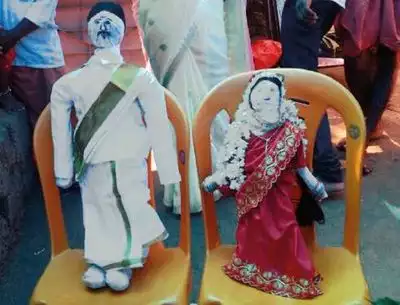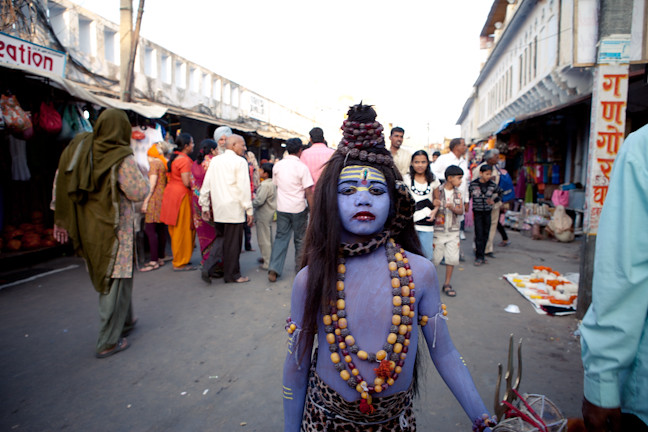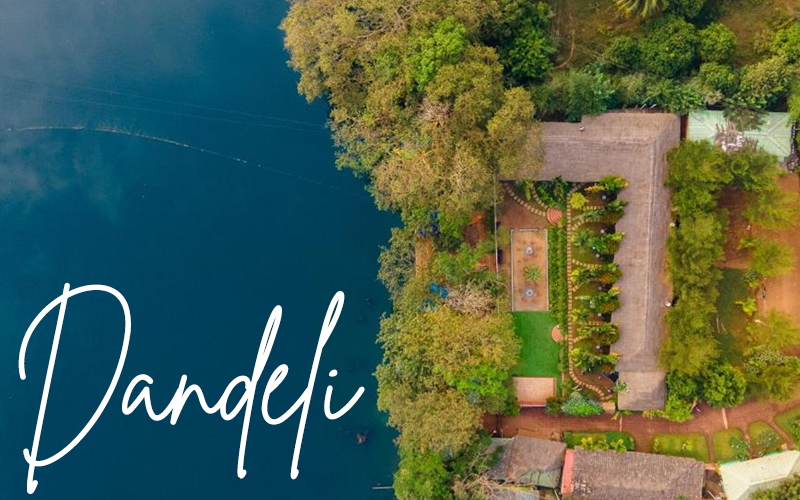A few months ago, I began an unplanned expedition to discover India’s villages. I was working on a writing assignment that required me to visit numerous rural areas to demonstrate India’s rustic antiquity. To make sure my journey across the country was smooth sailing, I reserved a taxi for a month and instructed my driver to take me to far-flung interior spots. I had thoroughly researched these locations after numerous nights of burning the midnight oil. I walked precariously across a centuries-old live root bridge in Meghalaya, took part in an ancient custom of spirit worship in South Karnataka, and heard about a whistle-making hamlet in Meghalaya.
Travelling to some of India’s remote villages with inadequate connectivity can be a harrowing experience. Thankfully, my driver ensured my safety and comfort. Maharashtra was my next stop. A family in Palghar invited me to the Waghoba festival, where a variety of tribes worship an ancient tiger/leopard deity. Sadly, we encountered a road restriction on our route to Palghar, forcing us to take a detour. I was disappointed and hurt that I couldn’t make it to Palghar. My chauffeur, Babu Rao, noticed my dissatisfaction and reminded me that I was in Maharashtra, a state brimming with great stories whose pages have yet to be unravelled.
He was right. In a place full of amazing stories and experiences, I simply couldn’t give up. I got out my notes and found the list of locations I added to my Maharashtra bucket list as we stopped by for a steaming hot cup of tea. I turned to Babu Rao and said, “you’re right, and I know where to go next,” and watched him enter the location “Hiware Bazar” into his phone, as he beamed with delight.
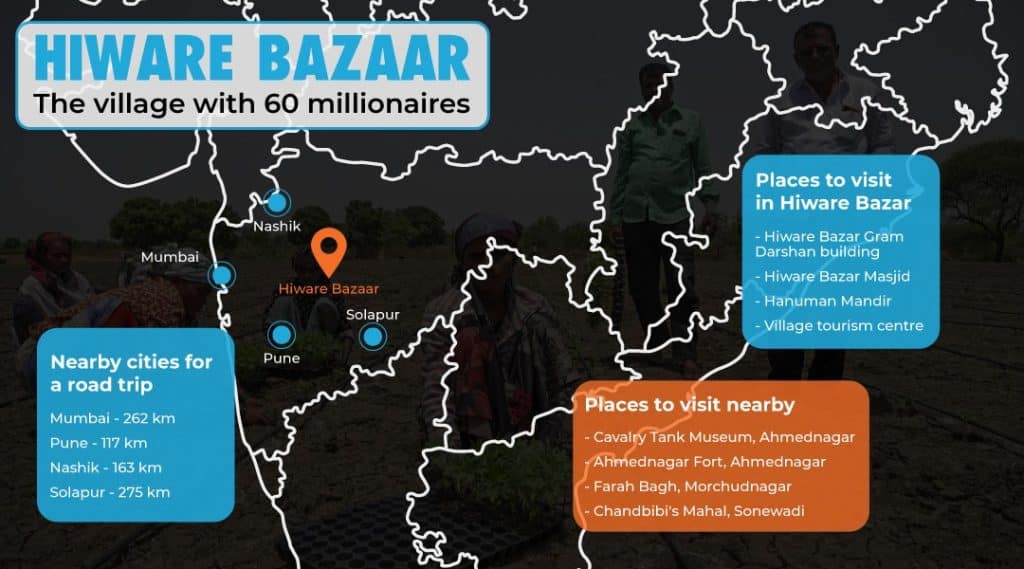
Hiware Bazar – A drought-prone village sliding into an abyss
As we entered Ahmedanagar, a feeling of excitement gripped me. It seemed the entire atmosphere was beckoning me to the heart of the village. The wheels of the car rolled on the road; I started counting the minutes. I yearned to be engulfed in the tranquil breeze. The moment our car advanced towards the side road to enter the village area, my heartbeat went fast. I opened the car windows to let the air pour in. Our energy doubled and tripled with pristine views.
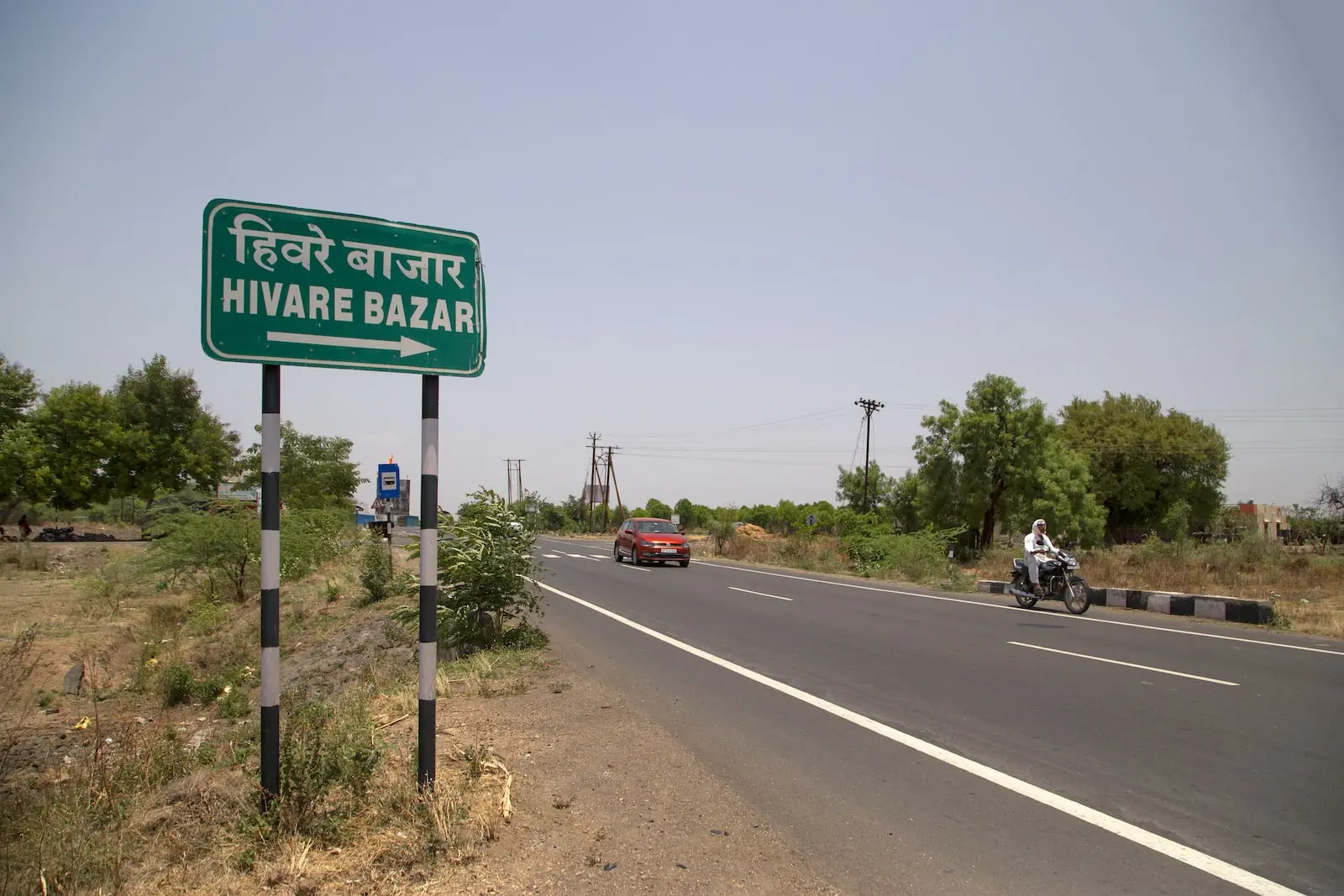
Hiware Bazar is a hamlet deep in the rural area of Maharashtra. The village was crime-mounded and extremely backwards four decades back, terribly impoverished, and mostly ignored by government authorities. Most families possessed land in the village, but they were unable to cultivate food to eat or sell due to continuous drought in the area. Most youngsters left the village at the age of 15 to hunt for jobs in adjacent cities. The preparation and sale of illicit alcohol became a source of income, and alcoholism and crime were rife. Over 90 per cent of families lived below the poverty line (BPL).
The village lacked medical facilities and due to its bad reputation, teachers were unwilling to teach at the local school. As a result, its literacy rate of 30% was well below the national average. You’re probably asking what attracted my interest and what I could possibly cover in a village riddled with crime and backwardness. I was about to abandon my writing project since I couldn’t make it to an event I wanted to attend. That’s when I remembered reading the notes I made long ago about Hiware Bazar in my notebook. Reading the name of the village sparked a burst of inspiration! The village is a prime example of rising from the ashes like a phoenix in the face of adversity.
The resurrection of Hiware Bazar
In the year 1989, Popatrao Baguji Pawar, a young 26-year-old post-graduate, returned to his roots. He was motivated by a desire to improve the village’s status. He won the polls in 1990 and was elected sarpanch of Hiware Bazar. The first issue he tackled was the availability of safe drinking water. Because the only two hand pumps were broken, women had to walk 2-3 kilometers each day to get water. He approached the panchayat samiti at the taluka level and had two new pumps installed. By 1993, he had established a school for local children. Government subsidies poured in, classrooms expanded, and education up to grade 10 became available in the village.
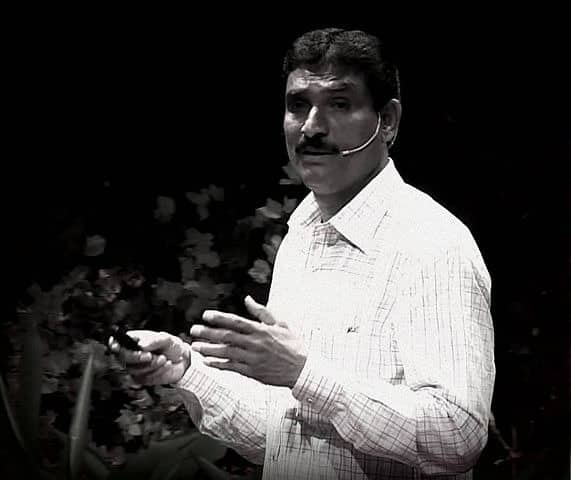
Under his leadership, the village drew up a plan based on priorities set by the villagers themselves, with the top priorities being safe drinking water, irrigation water, employment, education, and health. The village is now in the top income decile in India, has safe water and sanitation for all, and has almost universal literacy (compared to the national average rural literacy rate of 69%).
This was rather alarming to me, because according to the ASER study, a survey was conducted and practically all rural regions were covered; it was discovered that more than 50% of the youngsters aged 3 to 16 years are unable to read and execute arithmetic abilities. The challenges with education in rural India are caused by a lack of resources, a lack of awareness of the importance of education, a shortage of schools, a digital dividend, and a poor financial situation. However, due to Popatrao’s efforts, the village has a secondary school, and many students pursue careers in teaching or engineering.
An oasis in a drought-affected area
They say that seeing is believing. Yet, in this situation, what I see exceeds my expectations. Hivre Bazar is a rural development marvel that would have pleased Mahatma Gandhi, whose teachings inspired and directed the locals. Pawar knew the village needed to generate its means of livelihood through farming. But how? The problem was that Hiware Bazar, located in a rain shadow, got less than 15 inches of rainfall a year. The use of contour trenches to replenish groundwater and solve the village’s water problem also revived farming as a source of revenue.
Hiware Bazar started its watershed development initiative in 1992 by reforesting their steep forest area. People also dug trenches around hill contours to catch and slow rainfall runoff. They constructed shallow dams of stone, cement, or dirt along natural drainage lines. When the ground behind the dam walls becomes saturated, more water is held as surface water. To allow groundwater stored in the village’s upper reaches to reach farmland downstream, people conducted an ‘aquifer blast,’ which was a controlled subsurface explosion that created fissures for groundwater to flow through.
The groundwater table rose and the irrigated area increased as a result of watershed improvement initiatives. Farmers, who could previously only cultivate in the kharif season and plant bajra in the rabi season, may now farm in more seasons and transition from traditional jowar and bajra to cash crops such as onion, potato, tomato, and horticulture. Income increased dramatically as cropping intensity and area under cultivation increased, and cropping patterns changed.
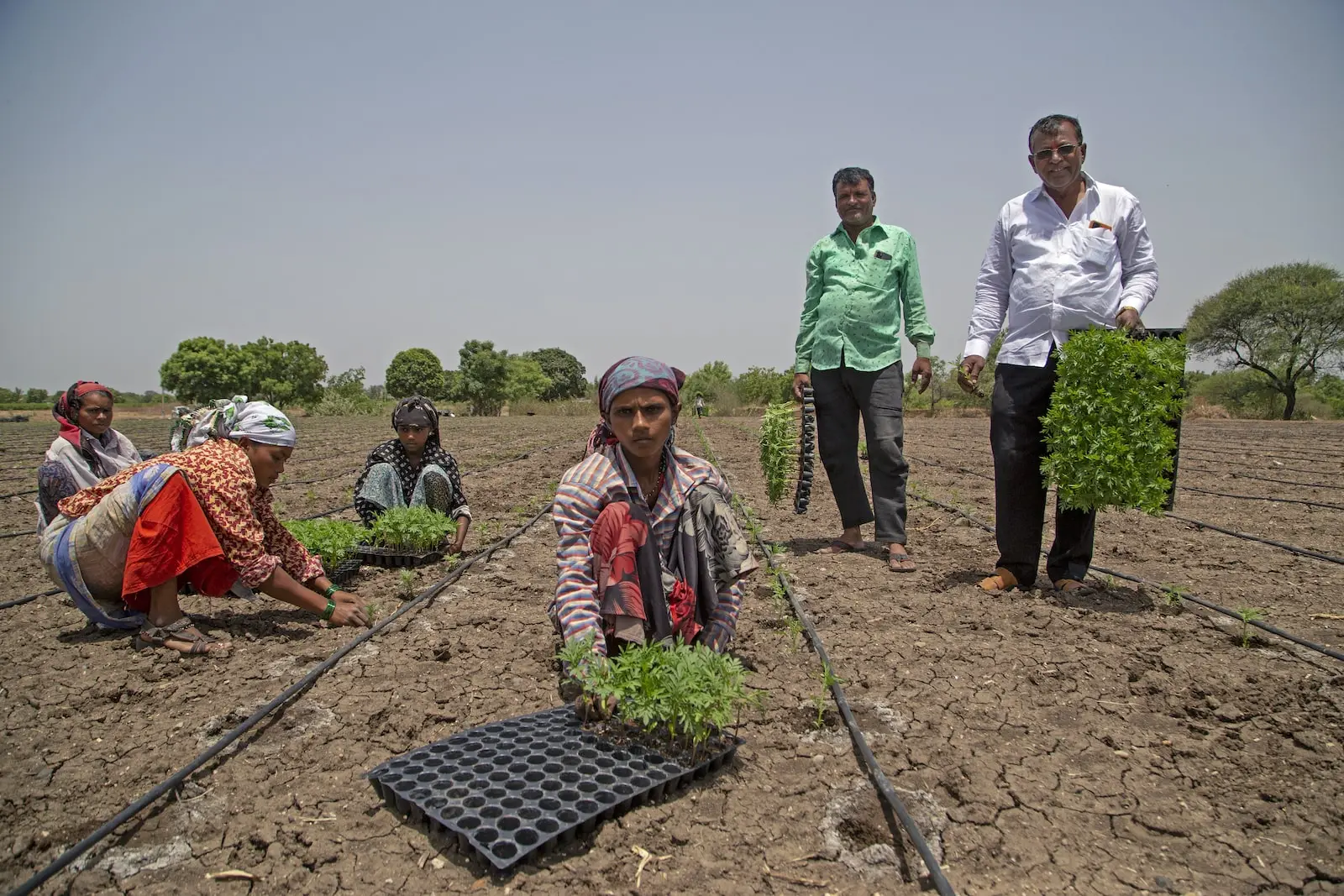
Hiware Bazar is now a ‘green model village’ with 294 water wells. Agricultural farming and cattle farming have become the source of income for farmers. The lives of villagers in Hiware Bazar have dramatically transformed. People came back to their homes in the village from cities where they were working as labourers.
The number of families increased from 90 to around 235. And as result, around 32 families that had earlier migrated to nearby urban areas of Mumbai and Pune came back to the village. The process of social integration in the village led to the formation of women’s thrift groups, milk dairy societies, youth clubs, a common crematorium facility, and several other cooperative schemes. The village also planned to start the Hiware Bazar brand for selling their local products in the market.
The efforts showed promising results like,
- Discontinued daily water supply from Mumbai (1 lakh litre) and Pune (25,000 litre).
- Grass production rose from 100 tonnes in 2000 to 6,000 tonnes in 2004. This lead to an increase in livestock numbers from 20 to 340 during the same period.
- Cattle farming produced 5000 litres of milk per day from a meager 150 litres in the mid-1990s.
- It is a clean mosquito-free area. There’s even an open challenge to reward anyone INR 100 for every mosquito found
- Not one family is below the ‘Poverty Line’. The per capita income is INR 30,000
- Reduced HIV since HIV test was made mandatory before marriage.
- Reverse migration
The locals also began focusing on cattle rearing, which increased milk output, resulting in massive cash. In the 1990s, approximately 33 gallons of milk were produced every day, whereas today, approximately 880 gallons of milk are produced per day. The village learned to deal with any problem thrown their way, whether natural or man-made. Slowly and steadily, the village witnessed expansion and wealth, resulting in reverse migration. In 1995, 168 of 182 families were classified as poor, whereas today, only three are.
The ‘ideal village’ with 60 millionaires

Indeed, in recent decades, thousands of communities in Maharashtra have gained economic prosperity. Yet, three elements distinguish the Hivre Bazar experiment. First and foremost, prosperity in this region is mainly equitable. No family lives in a kutcha house. Hiware Bazar now only has one kutcha home, which has been preserved as a museum. Second, economic progress is not an objective in itself but has been made the cornerstone of enlightened social development, with great focus on education,healthcare, environmental protection, gender justice (as every house is in the name of the woman of the household), and social harmony.
I was particularly impressed by the school, nurse, gymnasium, community centre, library, basic healthcare centre, veterinary clinic, open-air auditorium, and solar-powered street lighting. The level of cleanliness is far more astounding. Open defecation and urination have become a thing of the past in Hiware Bazar, where each residence has its own toilet, the effluents of which, combined with that of cattle sheds, support 112 biomass plants. Apart from providing basic electricity, these biomass plants also produce manure, which aids farmers in their transition to fully organic farming.
Pawar’s good governance, hard work, and devotion, together with village support and involvement, earned the village the Maharashtra Government’s title of Ideal Village. India’s prime minister, Narendra Modi, congratulated the village head and the inhabitants in a Mann Ki Baat radio address in 2016. As a result of this achievement, Popatrao Pawar has been chosen chairman of Maharashtra’s Model Village Programme, whose mission is to establish 100 comparable villages. And if additional villages follow suit, there will come a moment when no one is below the poverty line. It had only one motorbike in the 1980s. There are now 270 motorbikes, 25 four-wheelers, and 17 tractors.
The village even has the country’s highest per capita income. The villagers here reportedly earn an average of Rs 30,000 every month. Out of the 235 families at present, 60 are millionaires. Another notable achievement is that not a single crime committed in the village has been reported to a police station, and no disagreement has been resolved in court. All disputes are resolved at the village level. As I walked across the village, I saw several cement houses along well-planned, clean roads that were pinkish brown. The fields are lush with maize, jowar, bajra, onions, and potatoes.
As one of the most successful cases of joint forest management in India, locals have planted up to 35 lakh trees over the last two decades. Flora has given way to wildlife. While hiking up the hill, I noticed deer grazing around. A local informed me that there are also migratory birds from all over the world. What baffled me the most was finding a mosque. I was told that during a time when the entire country was struggling with issues such as unity and inter-religious peace, the village, which only had one Muslim family, built a mosque. It has also been claimed that the entire town would celebrate Eid with this Muslim family.
Popatrao Pawar took this method a step further by undertaking the renovation of the Hindu temple as well as a Buddhist shrine, despite the village’s minority of these inhabitants. As a result of the established unity and brotherhood, Pawar was able to get support for methods such as entirely organic farming and water audits, one of their water management strategies used to predict the planting pattern to be followed based on the rainfall received.
Why you should visit this village
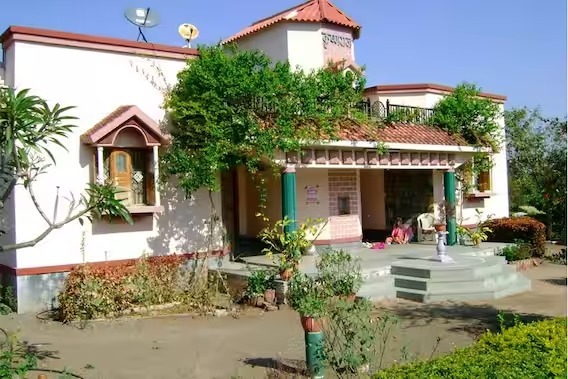
Although Hiware Bazar does not have many tourist attractions, the village does feature significant buildings that represent the village’s evolution. Here are a few places where you can feel the spirit of the village’s progress, unity, and social harmony.
- Hiware Bazar Gram Darshan building: The Hiware Bazar Gram Darshan Building displays the recognitions, prizes and rewards received. The hall also displays the before and after pictures of the now-model village.
- Hiware Bazar Masjid: A great example of communal peace. A Hindu majority community erected this mosque for one Muslim family.
- Hanuman Mandir: Visit the sacred temple of the town dedicated to Hanuman. Stop for a peaceful break here before continuing the road trip.
- Village tourism centre: A tourism centre featuring a hall and a lecture room explaining the evolution of the community.
How to reach Hiware Bazar
Hiware Bazar is located close to the Ahmednagar Railway Station. Ahmednagar and Rahuri are neighbouring towns to Hiware Bazar that have great road connectivity to Hiware Bazar. One can travel from Mumbai to Hiware Bazar via Bengaluru – Mumbai Hwy/Mumbai Hwy/Mumbai – Pune Hwy/Mumbai – Satara Hwy. The most convenient way to go to Hiware Bazar is to book a cab from Mumbai to Ahmednagar before making your way to the village.
Hiware Bazar today – An epitome of hardwork and success
Today, Hiware Bazar has become a prime example of sustainable rural development, and it has inspired many other villages across India to adopt similar initiatives. Pawar has no intention of slowing down. His objective as executive president of the Adarsh Gaon Yojana is now to sustain the development movement and improve 100 other villages. His drive and dedication to bringing development to the village made me realise that those are the two ingredients we should never give up on. The village has known the pain that comes with scarcity, but we have also tasted the fruits of unity and cooperation.
Going to this village was one of the best decisions I’ve ever made in my life. The rush of energy and inspiration that came over me after seeing the landscapes and hearing the people’s stories brought in a grand beam of optimism. As we drove back, Babu Rao looked at me and asked me if I got everything I needed for my writing assignment. I looked at him and said, “Everything and beyond,” as I looked out of my window at the clouds with a silver lining and a brand new zest for life.
Last Updated on January 17, 2024 by



